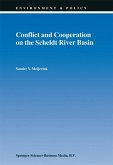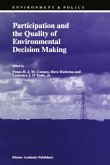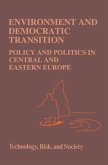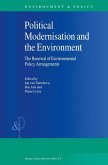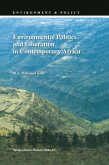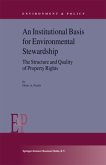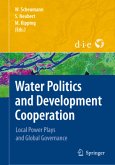All industrial countries have developed regulatory systems to assess and manage the risk of chemical substances to the working and natural environment. The pressure to harmonize these often specialized regulatory systems is increasingly strong at the international level. Such harmonization not only entails the assessment of particular chemicals, but also the way assessment procedures and their boundary with risk management is organized. As these initiatives intensify, they increasingly raise important questions of how to integrate national differences in the international regulatory arena. How will national consultation procedures relate to international decision-making on chemical risks? How will differences in national risk assessment procedures be accommodated? How will the international regulatory system be integrated with different national styles of regulation and government?
Presenting the experiences and insights of both people from within the worlds of risk assessment and management and from the field of Science Studies, this book forms a state-of-the-art in the discussion on the Politics of Chemical Risk. By offering scenarios, or sketches of a regulatory future, it points to the choices that can be made and the opportunities to be explored. As such, it offers an agenda for environmental and occupational scientists, policy-makers and students of science and technology alike.
Presenting the experiences and insights of both people from within the worlds of risk assessment and management and from the field of Science Studies, this book forms a state-of-the-art in the discussion on the Politics of Chemical Risk. By offering scenarios, or sketches of a regulatory future, it points to the choices that can be made and the opportunities to be explored. As such, it offers an agenda for environmental and occupational scientists, policy-makers and students of science and technology alike.
`This book illustrates the boundary and the nature of exposure limits and regulation like no other work I have encountered. I strongly recommend the book for anyone who desires more information on the relationship between science and policy regarding chemical use.' Environmental Practice, 2:1 (2000)
`This book illustrates the boundary and the nature of exposure limits and regulation like no other work I have encountered. I strongly recommend the book for anyone who desires more information on the relationship between science and policy regarding chemical use.'
Environmental Practice, 2:1 (2000)
Environmental Practice, 2:1 (2000)


